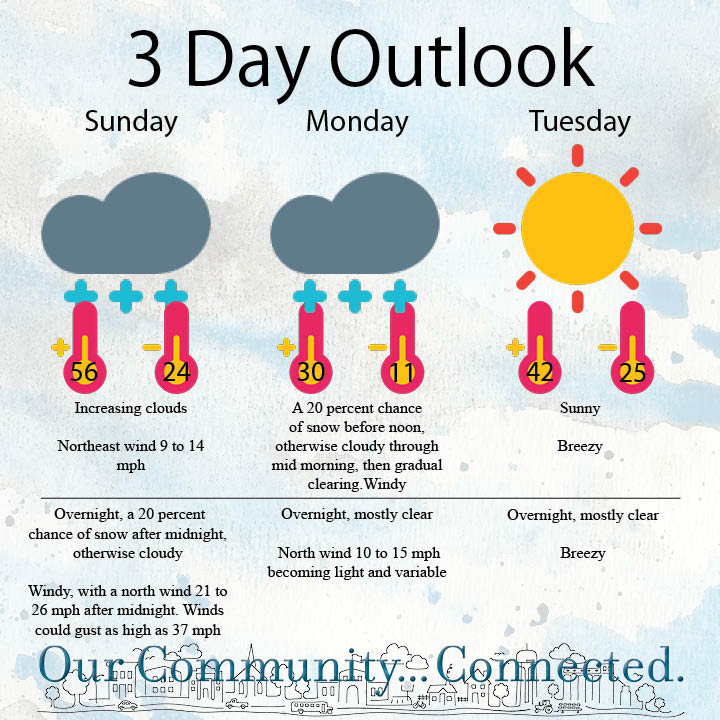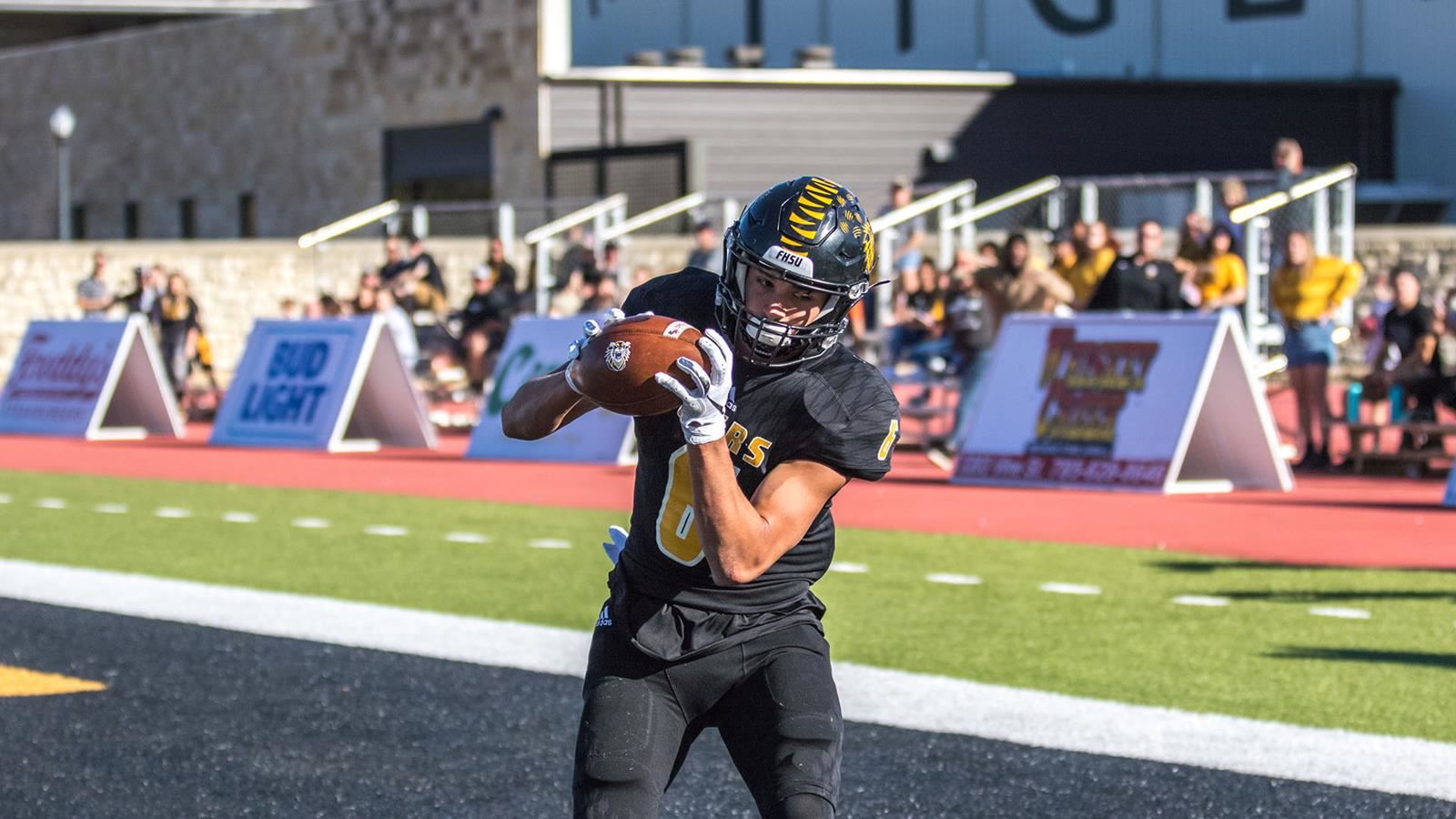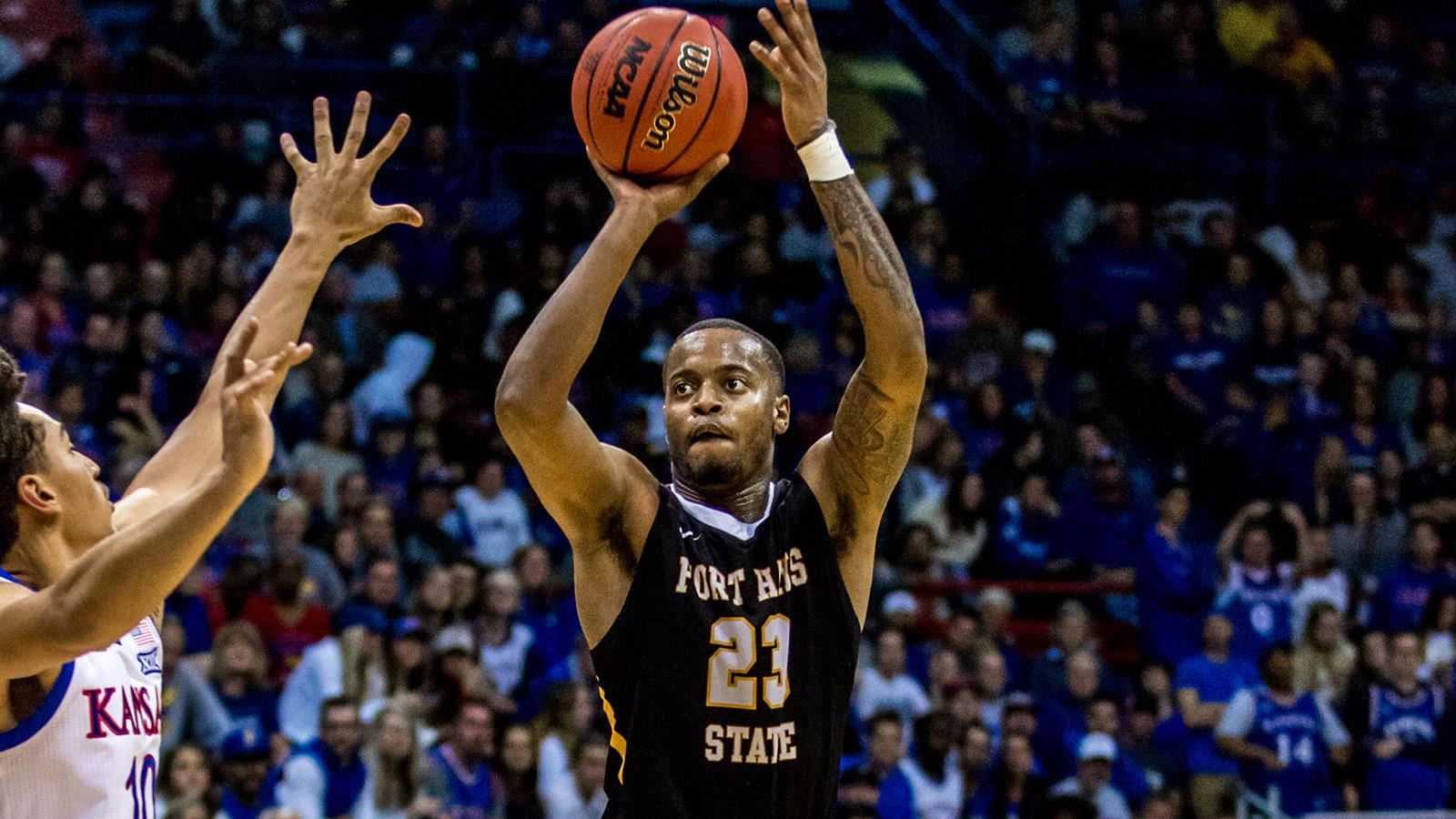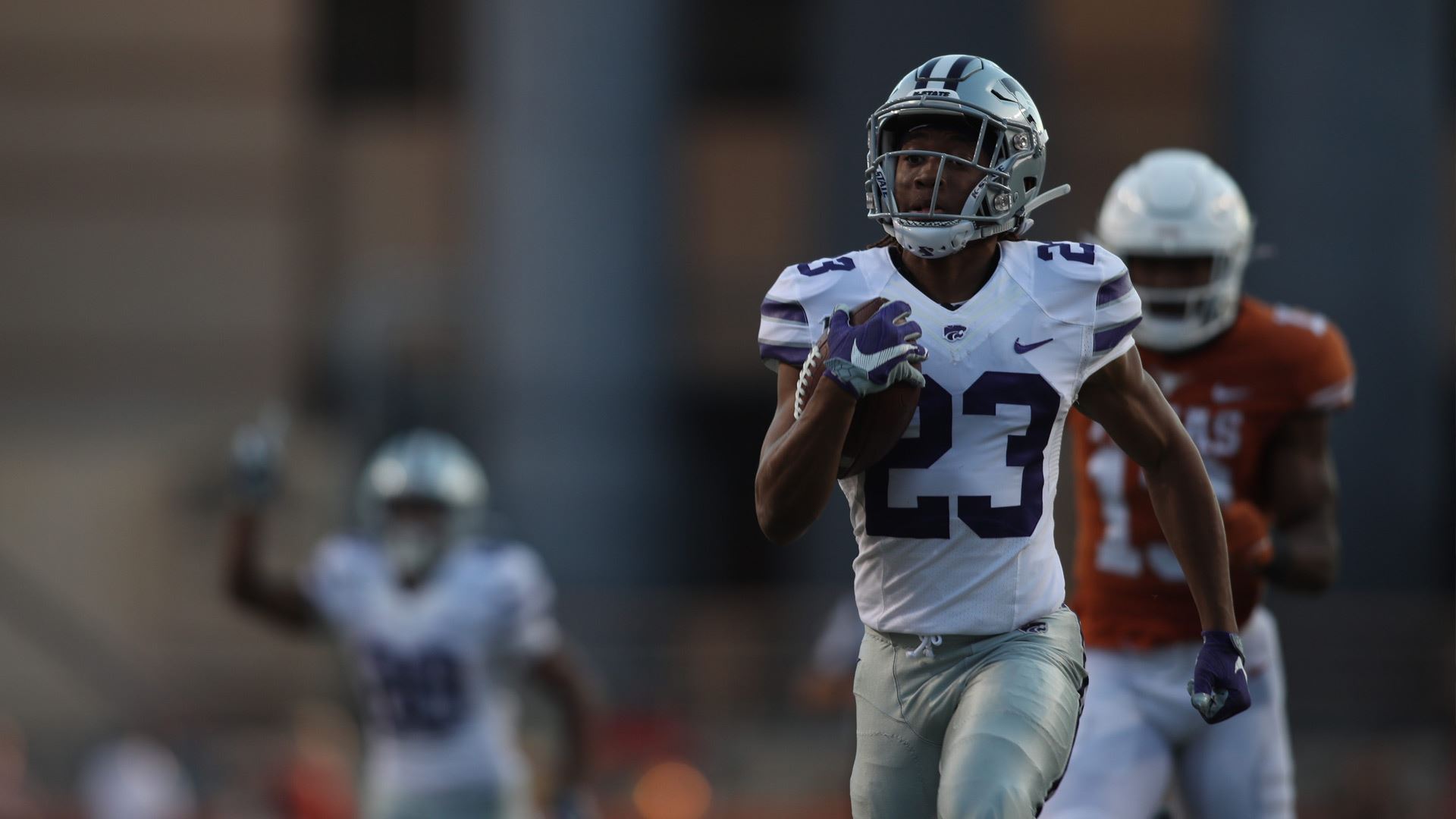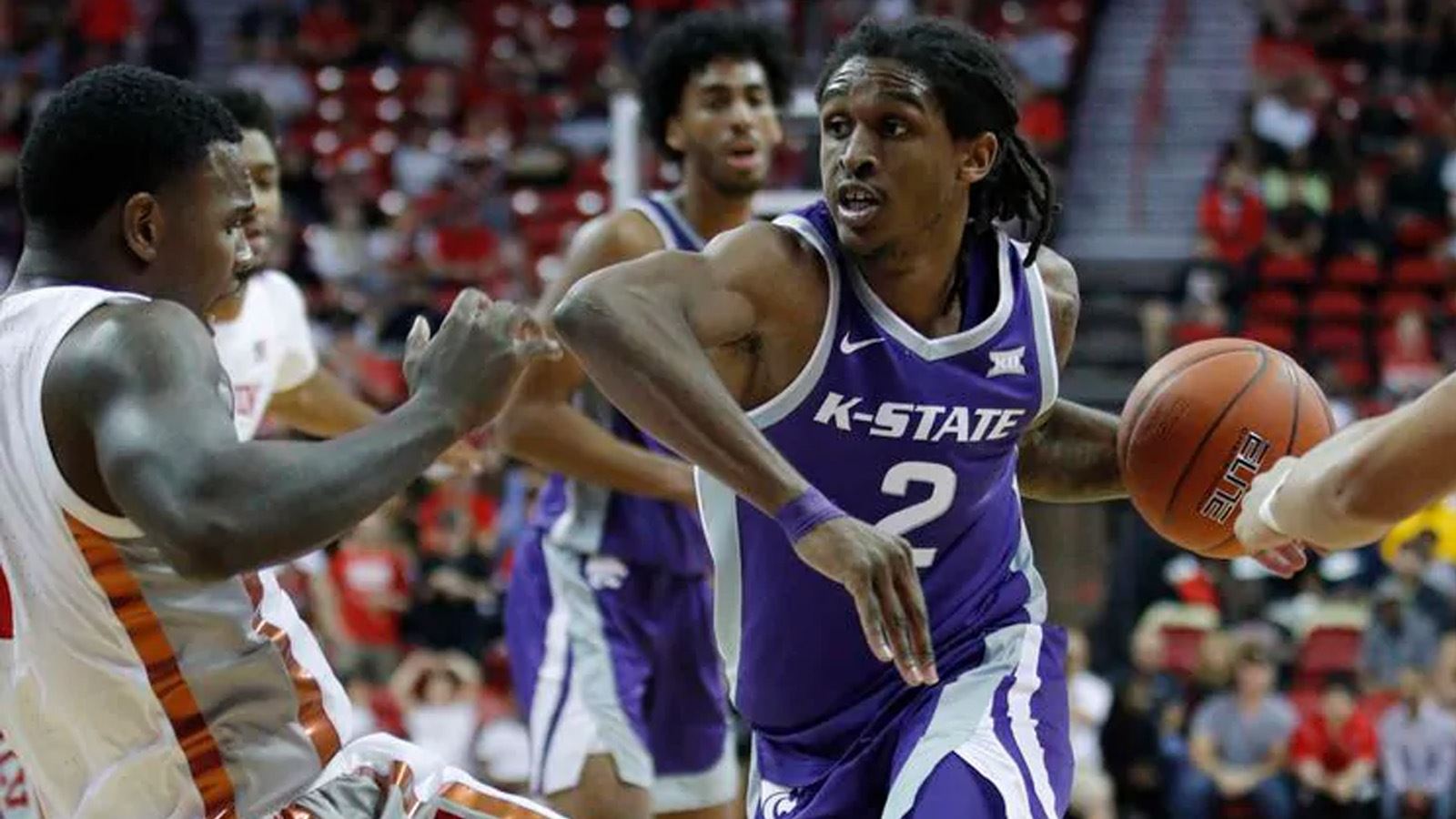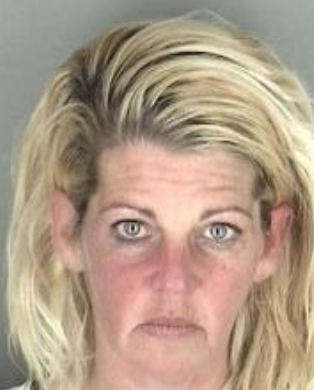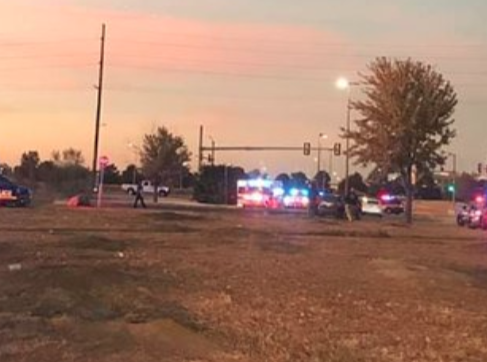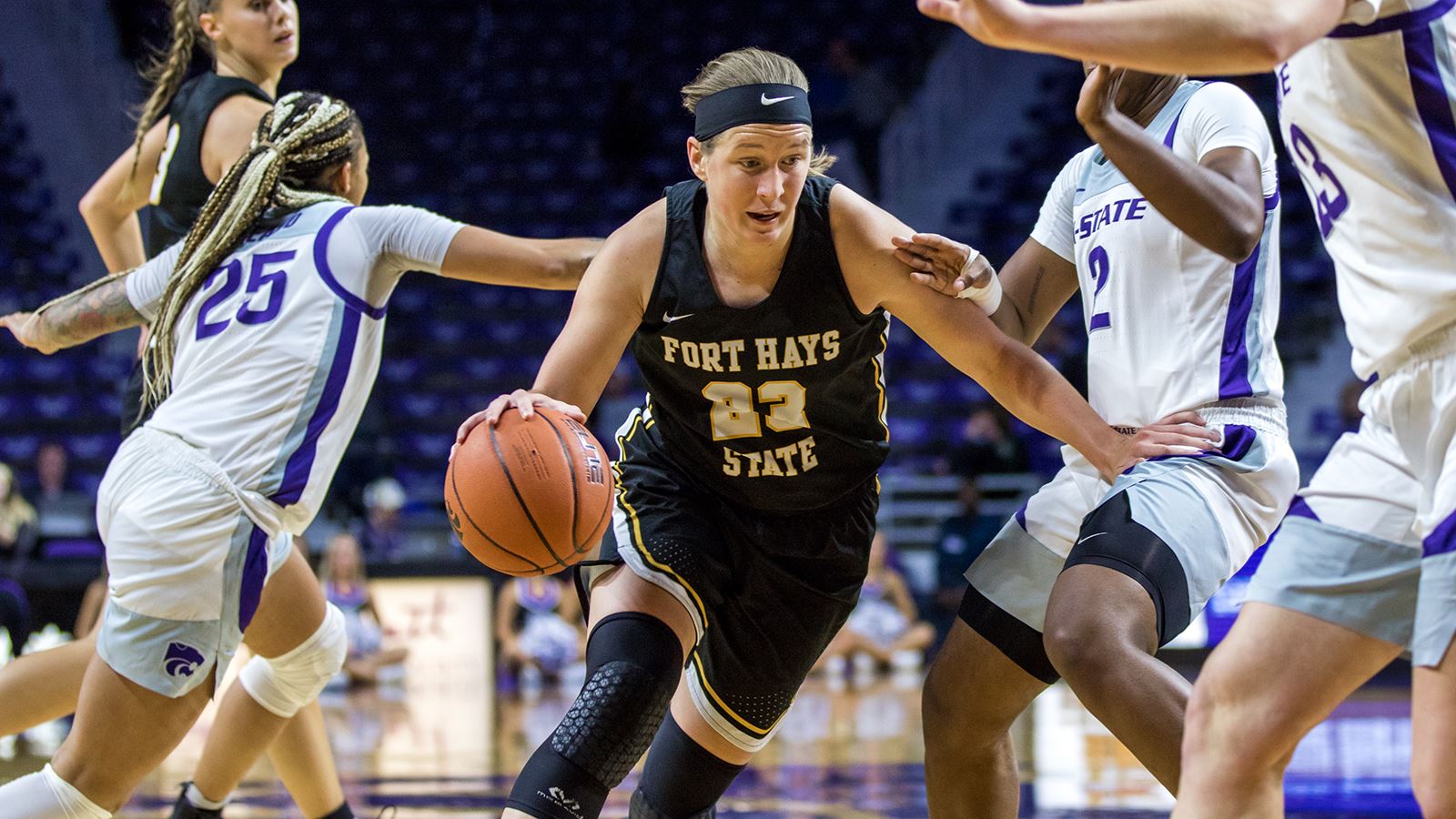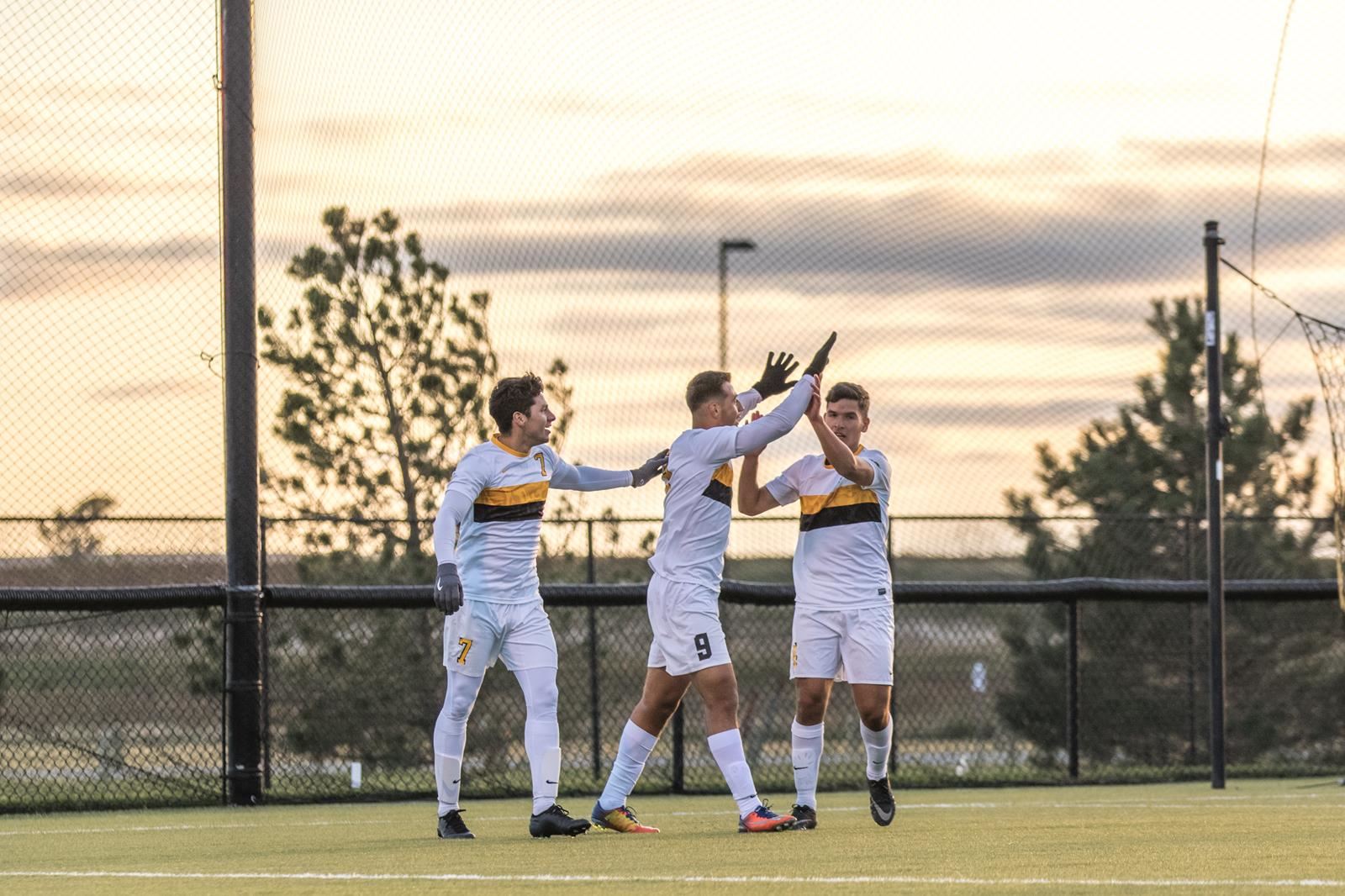By CRISTINA JANNEY
Hays Post
After more than 38 years in the printing business Marvin Rack, and his wife, Jennifer, sold their business, Northwestern Printers to longtime employee Josh Zweifel on Aug. 1.
The sale had been part of the Racks’ succession plan for years. Marvin said he knew he and Jennifer would eventually want to step away from the business, but the couple did not want to see the company they built together close.
The Racks began to discuss a possible sale with Zweifel years ago, and slowly allowed him to be more involved in the management of the company.
Doug Williams, director of Grow Hays, said succession planning is one of the most difficult topics to discuss with small business owners, but can be one of the most important issues to those businesses and the communities they serve.
“Our mission is business creation, business retention and expansion and business recruitment,” he said. “I view succession planning as a big part of retention and expansion.”
Hays has a number of Baby Boomer-owned businesses, and those owners are nearing retirement, Williams said.
“Unfortunately, not enough of them have planned very well about what their strategy is as far as how they will exit their businesses, and in my opinion, that leaves all those businesses at risk of not continuing on,” he said.
In some cases, there is an obviously family member to take over, but in a lot cases there isn’t, Williams said.
“They haven’t in all cases done what they need to make sure that their businesses can continue on and prosper and thrive and hopefully grow,” he said, “as opposed to they just get to the point where they say, ‘I’m tired. I’m ready to be done, so I’m just going to have a going-out-of-business sale.’ ”
When a business closes, it is not an optimum outcome for the community, Williams said. It gives the community fewer options for shopping. Employees are laid off. It is one less attraction that will bring people to a community, and it reduces the tax base.
“All the positives of businesses opening and growing are just the opposite when businesses close,” he said.
Tony Gabel, associate professor in the department of management at Fort Hays State University, gave a talk to a conference of the western Kansas Rural Economic Alliance in September in Hays and noted when business owners start to develop a succession plan a “cloud” of advisers can be helpful in assisting them. This can include their attorney, accountant and a financial adviser.
Succession planning is not always an issue of retirement — it can be about death. And that death may be unexpected.
“Can your business continue without you?” Gabel said, “(That) is the question.”
Estate planning and succession planning might go hand in hand, but they are not the same thing, he said.
Gabel listed several items to consider in a succession plan:
- Family harmony
- Income taxes and estate taxes
- Facilitation of retirement for the current management
- The ability to maintain control of the business
Succession plans are also important in passing on farms and ranches.
Gabel said his family has been dealing with this issue recently as his mother passed away a year ago. The family is transitioning their farm. Gabel said he has been fortunate in that his family gets along and has agreed on how to proceed with the farm.
“Perhaps the very first thing you need to do in order to convince people to think about this is ask the question ‘What do you think is going to happen after you die?’ ” he said. “Let’s go with the worst case scenario. ‘After you die will your children get along with each other?’ Most people are going to be honest enough to say, ‘Probably not.’ ”
Business owners need to ask themselves what their end goal is and how are they going to get there, Gabel said.
More aspects to take into consideration in creating a succession plan include:
- Management talent assessment
- Compensation planning
- Formal directorship roles for family and non-family
- Stock transfer strategies
- Corporate structure
- Communication planning
- Estate planning
- Valuation of the company
If your children are a part of the management team, will they be ready to run the company when you are ready to leave? A rule of thumb is that a family business will only last three generations and then it will collapse, Gabel said.
The Racks said they wanted their children to be able to pursue their own dreams. They have seen other businesses in which the children had to take over a business from their parents and were miserable.
If the source of the management talent is not coming from family, it might come from inside the company or it from recruiting new talent or an outside buyer.
“You have to communicate with all of the interested parties,” he said. “This is where most things go south — a lack of communication, a lack of candid communication. People will say certain things, but they won’t give all the details.”
Williams compared talking to business owners about succession planning is like trying to talk to people about life insurance.
“I think it is just one of those things that is very easy to push onto the back burner,” he said. ” ‘I’ll worry about that a later date,’ but all of the sudden, that date is here and they haven’t laid the plans for it.”
Need for a succession plan can arise for a variety of reasons: sale of a business, death of an owner, health issues for an owner, retirement or other changes in circumstances.
It is not only the transfer of the assets, but the maximization of the assets, Williams said.
“People work their entire lives in a business and to just close it if it’s doing well and prosperous is really sad,” he said.
Maximizing what you receive from a transfer of your business could mean you have to exit at a time that is not perfect for you.
Marvin said he and Jennifer could have spent more years running the business, but now was the right time to step aside.
“I will be 61 this year — too early to retire, but when you have an opportunity, such as we did with Josh … It was 22 years of him seeing the shop. I am not sure if I would be a good business owner in 22 more years,” Rack said.
He said if you wait to do succession planning, you have to take what you are given. It takes time to find and train the right person to step into a leadership role.
Williams said the day is going to come when business owners are going to exit their businesses in one way or another.
“It can be feet first, which means you die in your business, which is not the best,” he said, “or you can plan and determine what the best way to exit your business is.
“Most people want to maximize the value of their business and exit with as much as they can. To do that takes a lot of planning, and it takes some thought ahead of time in order to make that happen. Rarely does it happen that someone comes waltzing down the road with a whole pile of money and hands it to you and says, ‘I want to buy your business.’ “



